On ancient Earth, it never rained but it poured
Thursday, 04 November 2021 04:36 Today, we are experiencing the dramatic impacts that even a small increase in global temperatures can have on a planet's climate. Now, imagine an Earth 20 to 30 degrees Fahrenheit hotter than today. Earth likely experienced these temperatures at various times in the distant past and will experience them again hundreds of millions of years from now as the sun continues to brighten.
Little i
Today, we are experiencing the dramatic impacts that even a small increase in global temperatures can have on a planet's climate. Now, imagine an Earth 20 to 30 degrees Fahrenheit hotter than today. Earth likely experienced these temperatures at various times in the distant past and will experience them again hundreds of millions of years from now as the sun continues to brighten.
Little i New look for ground-breaking UK-led ESA mission to detect climate change
Thursday, 04 November 2021 04:36 TRUTHS, which stands for Traceable Radiometry Underpinning Terrestrial- and Helio- Studies, will provide a gold standard reference for satellites observing the Earth, Moon and Sun.
Conceived by the UK's National Physical Laboratory (NPL) and funded by the UK Space Agency, TRUTHS is being developed by the European Space Agency (ESA). The satellite will be built by the UK space industry led
TRUTHS, which stands for Traceable Radiometry Underpinning Terrestrial- and Helio- Studies, will provide a gold standard reference for satellites observing the Earth, Moon and Sun.
Conceived by the UK's National Physical Laboratory (NPL) and funded by the UK Space Agency, TRUTHS is being developed by the European Space Agency (ESA). The satellite will be built by the UK space industry led Small but Mighty NASA Weather Instruments Prepare for Launch
Thursday, 04 November 2021 04:36 Working together, two instruments could open the door for a more efficient, cost-effective way to gather key information for weather forecasting. Two instruments launching to the International Space Station in a few weeks could be weather-forecasting game changers. The two novel instruments are expected to demonstrate that while they are much smaller, much lighter, and much less expensive than w
Working together, two instruments could open the door for a more efficient, cost-effective way to gather key information for weather forecasting. Two instruments launching to the International Space Station in a few weeks could be weather-forecasting game changers. The two novel instruments are expected to demonstrate that while they are much smaller, much lighter, and much less expensive than w FCC approves Boeing’s 147-satellite V-band constellation
Wednesday, 03 November 2021 20:41
The Federal Communications Commission has approved Boeing’s application to develop and operate 147 non-geostationary (NGSO) broadband satellites.
One way to help prevent wars in space? Military hotlines with Russia and China
Wednesday, 03 November 2021 20:25
With space now considered a domain of war, hotlines between U.S. and foreign rivals might be worth contemplating, said Lt. Gen. B. Chance Saltzman, deputy chief of operations of the U.S.
SpaceFund to invest in navigation system for cislunar space
Wednesday, 03 November 2021 16:31
Venture investor SpaceFund announced Nov. 3 it plans to finance the development of an autonomous navigation capability for space missions beyond Earth orbit in the region known as cislunar space.
National Reconnaissance Office launches new procurement of commercial satellite imagery
Wednesday, 03 November 2021 15:32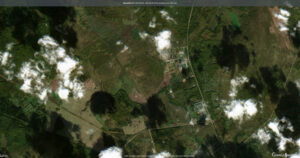
The National Reconnaissance Office on Nov. 3 released a request for bids from U.S. commercial providers of satellite imagery.
TRUTHS shapes up
Wednesday, 03 November 2021 14:00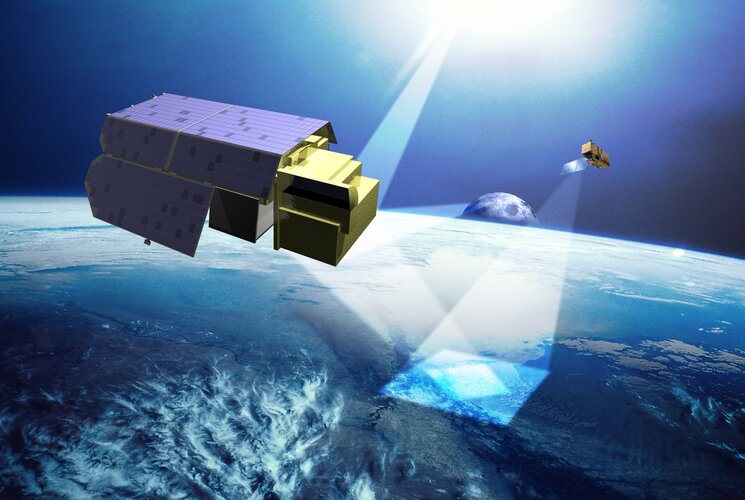
ESA’s new TRUTHS mission is taking shape. Highlighted today at COP26, this new mission is moving from its feasibility phase into its preliminary design phase. TRUTHS is set to provide measurements of incoming solar radiation and of radiation reflected from Earth back out into space as traceable International System of Units. These measurements will allow changes in Earth’s climate to be detected faster, and they will be used to calibrate data from other satellites. In effect, TRUTHS will be a ‘standards laboratory in space’, setting the ‘gold standard’ for climate measurements.
Firefly Aerospace hires former Air Force officer to lead space transportation sales
Wednesday, 03 November 2021 12:10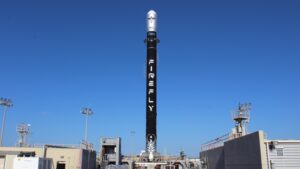
Firefly Aerospace has hired a former U.S. Air Force officer to lead a rebranded subsidiary responsible for sales of its launch vehicles and other capabilities to government and commercial customers.
ESA and GHGSat support new International Methane Emissions Observatory
Wednesday, 03 November 2021 10:32
In the first 20 years of reaching the atmosphere, methane has more than 80 times the warming power of carbon dioxide. Reducing emissions of this extremely potent gas is, therefore, one of the fastest ways of slowing the rate of global warming, at least in the short term – and at COP26, more than 100 countries have just signed up to the Global Methane Pledge, which aims to limit emissions by 30% compared with 2020 levels.
With both public and commercial satellite data playing key roles in assessing progress on climate action, ESA and GHGSat are supporting the United Nations Environment
A Dragon awaits
Wednesday, 03 November 2021 10:30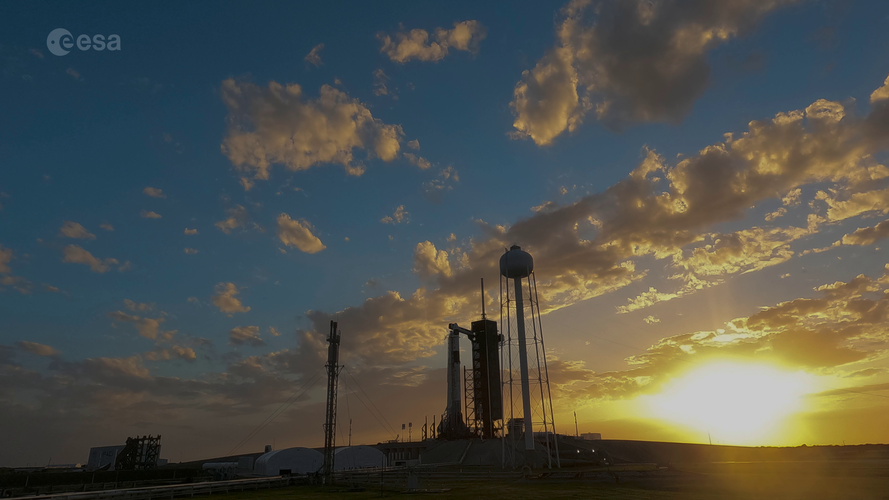 Video:
00:02:58
Video:
00:02:58
A timelapse of Launchpad 39A at NASA's Kennedy Space Center in Florida, USA, where the SpaceX Crew Dragon capsule Endurance sits atop a Falcon 9 rocket, ready to carry Crew-3 to the International Space Station.
Initially scheduled for launch on 31 October 2021, this Dragon will wait a bit longer due to weather along the flight path and a minor medical issue affecting a member of its crew. The next launch attempt is now no earlier than 03:36 GMT/04:36 CET, Sunday, 7 November.
When it does fly, it will transport ESA astronaut Matthias Maurer, as a member of Crew-3
A mission to explore the methane lakes on Titan
Wednesday, 03 November 2021 10:20
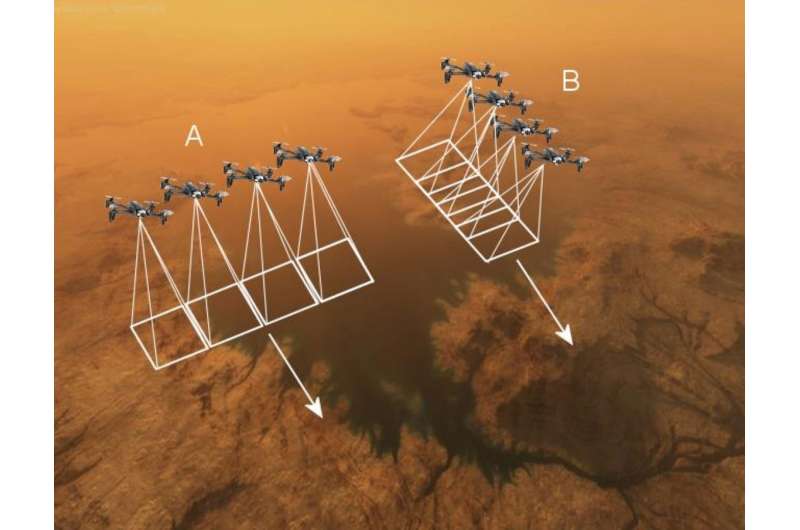
Neither mission will be the first time Titan's surface has been visited, though. That distinction belongs to Huygens—a lander launched with the Cassini probe. Unfortunately, with the relatively limited technology of a probe launched in the late 1990s, it was only able to send data back from the surface for about an hour and a half.
Meltwater runoff from Greenland becoming more erratic
Wednesday, 03 November 2021 08:16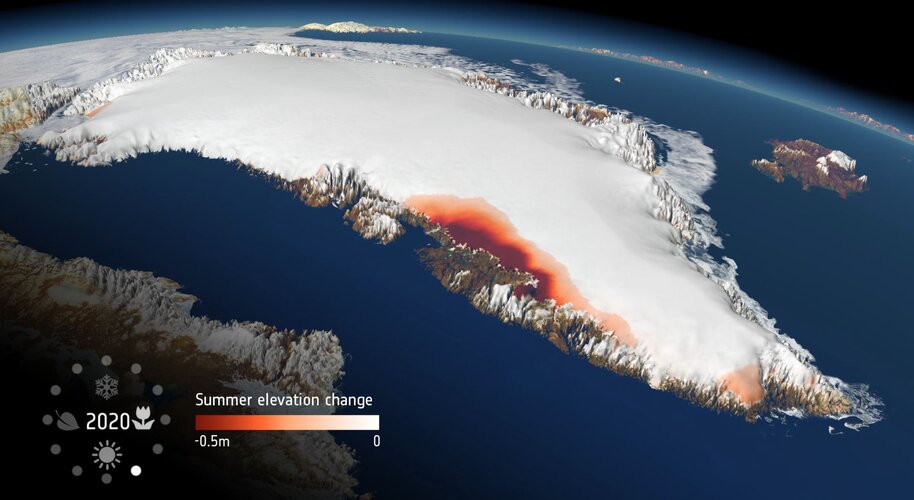
As world leaders and decision-makers join forces at COP26 to accelerate action towards the goals of the Paris Agreement, new research, again, highlights the value of satellite data in understanding and monitoring climate change. This particular new research, which is based on measurements from ESA’s CryoSat mission, shows that extreme ice melting events in Greenland have become more frequent and more intense over the past 40 years, raising sea levels and the risk of flooding worldwide.
NASA creates new technology and policy office in leadership reshuffle
Wednesday, 03 November 2021 07:45
NASA Headquarters has created a new office devoted to technology and policy issues, part of a restructuring that includes creating a new space security position at the civil space agency.
Leicester researchers analyse consequences of China space weapon test
Wednesday, 03 November 2021 04:04 University of Leicester experts in the military uses of outer space have urged further international dialogue and 'cool heads' following flight tests of a new Chinese hypersonic missile system. Reports of China testing a new orbital launch vehicle, known as Fractional Orbital Bombardment System (FOBS), have fuelled concerns about the nuclear weapon state's advancing military capabilities and pos
University of Leicester experts in the military uses of outer space have urged further international dialogue and 'cool heads' following flight tests of a new Chinese hypersonic missile system. Reports of China testing a new orbital launch vehicle, known as Fractional Orbital Bombardment System (FOBS), have fuelled concerns about the nuclear weapon state's advancing military capabilities and pos 
